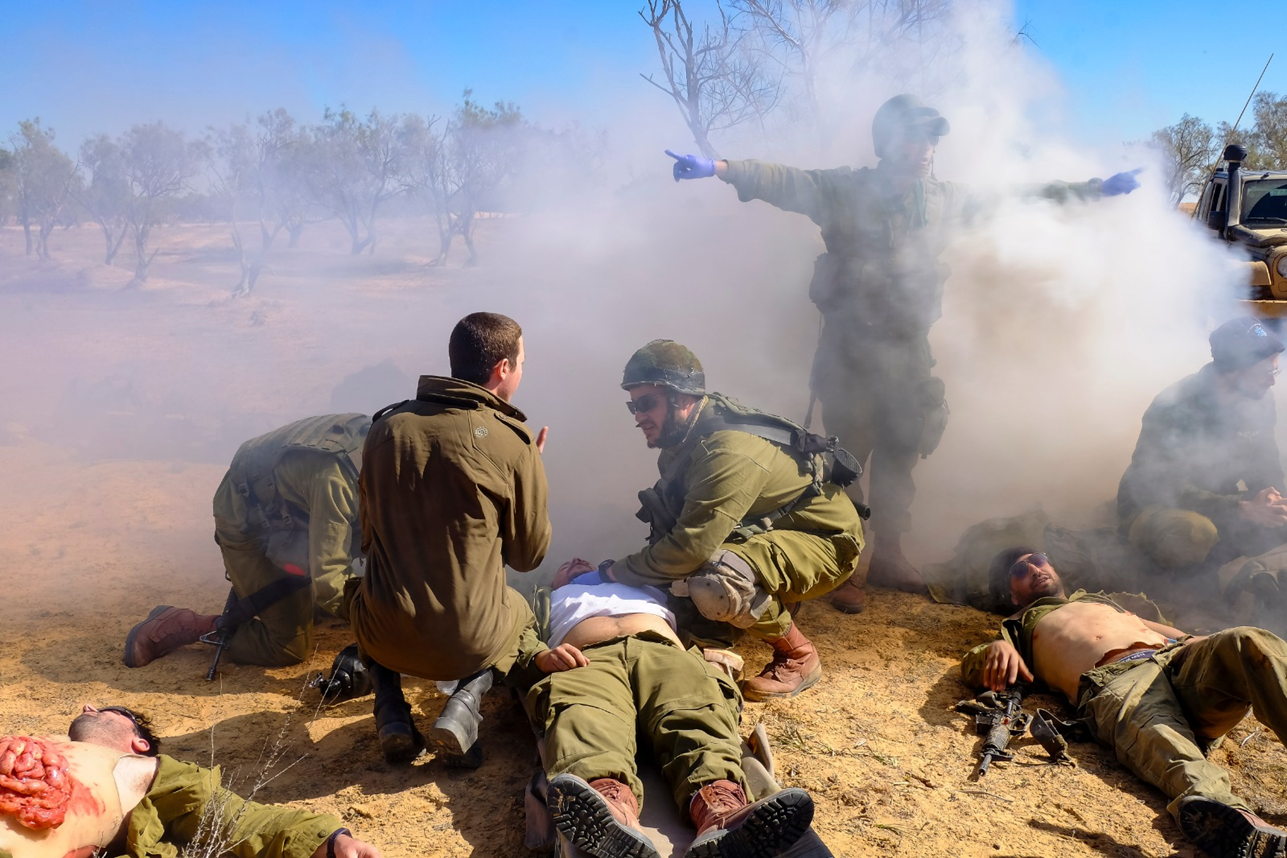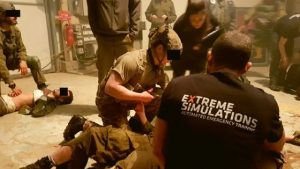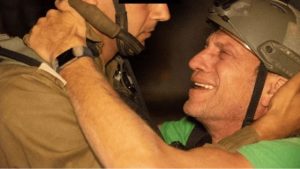In a prior article on realistic extreme training, “Why is it important to train in understanding the story of an event?”, we discussed the importance of training your team in understanding the story of the event.
In the following article, we will discuss the actions that need to be undertaken once you understand what is going on during an extreme event (a new article coming soon on understanding the story of an extreme event).
Methodic, unrealistic training scenario
We are all familiar with training sessions in which you stand above a medical mannequin and conduct methodic training. This consists mainly of the trainee asking the trainer questions in order to “squeeze out” some answers.
These types of trainings do not reflect the actual time it takes to treat the patient in a real event and often lead to a false simulation.
Realistic extreme training scenario

Instead, we suggest the motto: “We won’t tell you what you see and you don’t tell us what are you going to do” as the key principle to providing a hands-on, truly realistic extreme training.
Tip: For the trainee to train properly, allow for hands-on technical training, and create challenges that demand decision making.
Creating real hands-on challenges confronts the trainee with decision-making dilemmas and provides real technical training.
Examples from our realistic extreme training events
Medical search & rescue training
We locked a mannequin under debris – until the rescue team didn’t properly use and apply the rescue tools, they couldn’t complete the mission.

Sea evacuation
The mission: moving casualties from ship to ship, evacuating a mannequin from a ship. If the mannequin is realistic in movement, looks, and volume weight, the trainees will treat it as a real-life mission.
In a disaster area training in a collapsing building
Simulating electricity disconnection – the rescuers cannot enter the building until they disconnect the electricity.
From our experience, teams who train in a different manner from the examples provided above will have undergone ineffective training sessions. Concerns regard training time, realistic mannequins, realistic scenarios, considering the trainees’ individual training requests, and so on.
Therefore, it is essential to define the main challenges of the training and not allow the training to end until the trainees complete the missions. In Extreme Simulations training, a trainee cannot advance to the next level without overcoming the physical challenges we created. Learn more about The Characteristics Of An Extreme Event.
Our training:
- Enhance the feeling of competence
- Reduce the surprise factor during a real-life event
- Provide the trainee with the feeling that they are in a real-life event and going through the challenges of a real-life event
Book an extreme event training now
GET IN TOUCH
Contact Extreme Simulations now to book a complete training session





